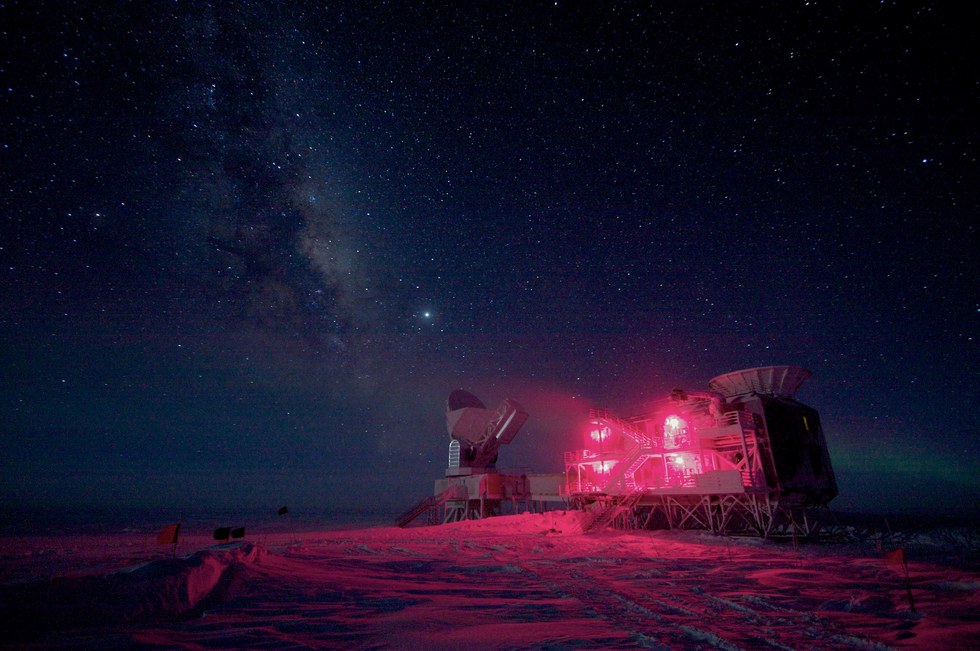 |
| Cataglyphis velox ant. |
Until now, ethological research suggested that ants memorized the scenery perceived along their route as it is projected on their multifaceted retinas -- thus using a body-centered, or egocentric, frame of reference. By this hypothesis, to recognize memorized surroundings and follow a path formerly traveled, ants would need to orient their bodies in the same way each time. But they sometimes need to walk backwards as well, and this doesn't prevent them from finding their way back to their nest. Could it be that ants can recognize a route when facing the opposite direction? Are they able to create a visual model of their environment that is independent of their body orientation?
To answer these questions, the researchers studied Cataglyphis velox, an Andalusian desert ant known for its solo navigation ability. First they let the insects familiarize themselves with a route that included a 90° turn. After a day of training, ants that received a cookie crumb light enough to carry while walking forward handled the turn without the slightest difficulty. However, those given large cookie crumbs had to move backward, and unlike the others, they maintained their bearing instead of turning.
They also exhibited unexpected behavior: After walking backward a bit, they would occasionally drop their crumb, turn around, observe the scenery while pointing their bodies in the right direction, return to the crumb, and resume towing it backward -- but this time in the correct direction. For these ants, body alignment thus seems necessary for recognition of scenery perceived by their retinas, but they are then able to memorize the new bearing and follow it backward. This behavior also shows that they can recall the existence of the dropped cookie crumb, and its location, in order to return to it after updating their bearing. These observations imply that at least 3 kinds of memory are working in unison: the visual memory of the route, the memory of the new direction to follow, and the memory of the crumb to retrieve.
Through another experiment using a mirror to reflect the sun1, the team demonstrated that the ants used celestial cues to maintain their bearing while walking backwards. Furthermore, ants were able to move in straight paths, whether walking forward, backward, or sideways. Once a bearing is memorized, they stay on it no matter how their bodies are oriented. Together these observations suggest that ants register direction using an external -- or allocentric -- frame of reference.
Read more at Science Daily









































